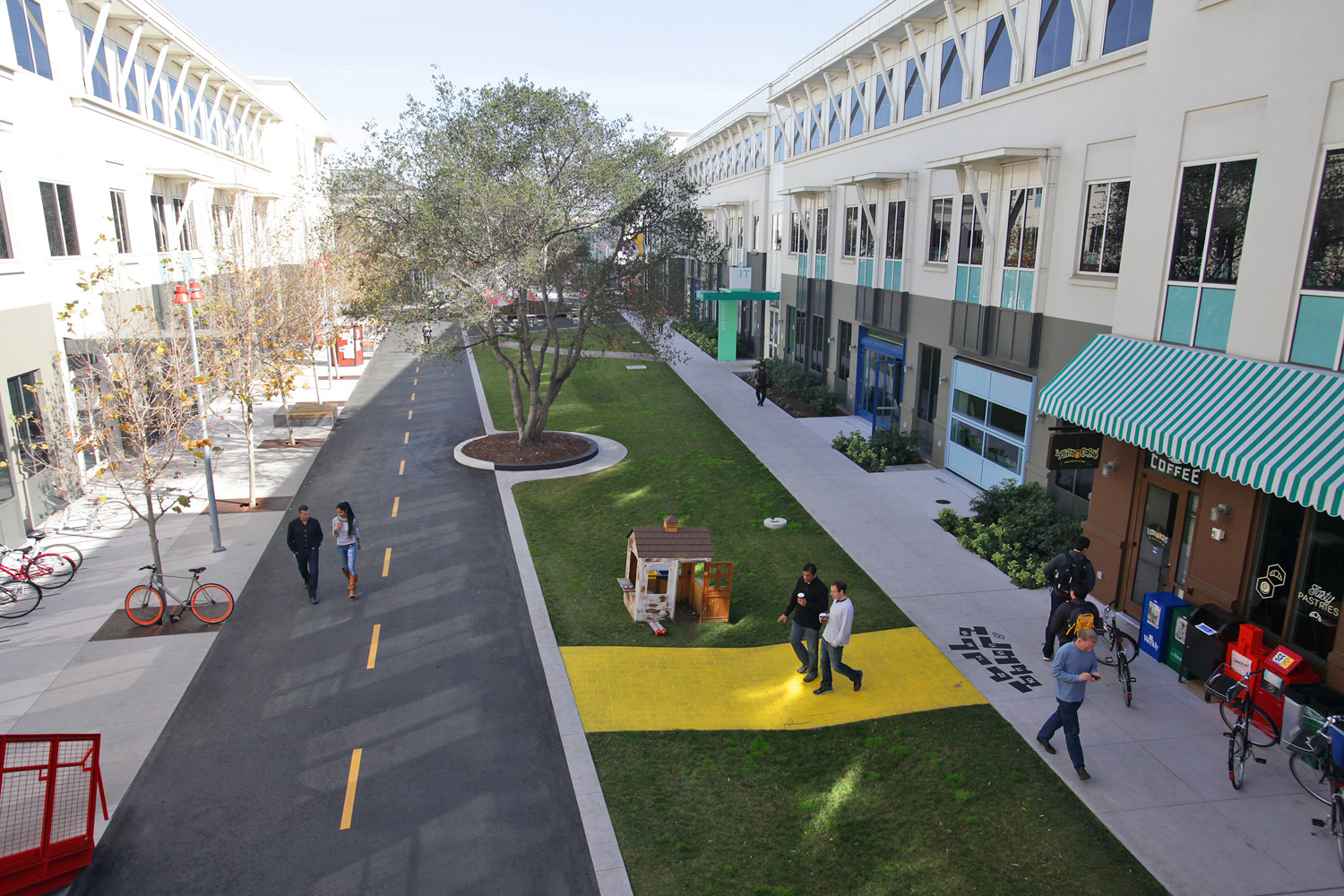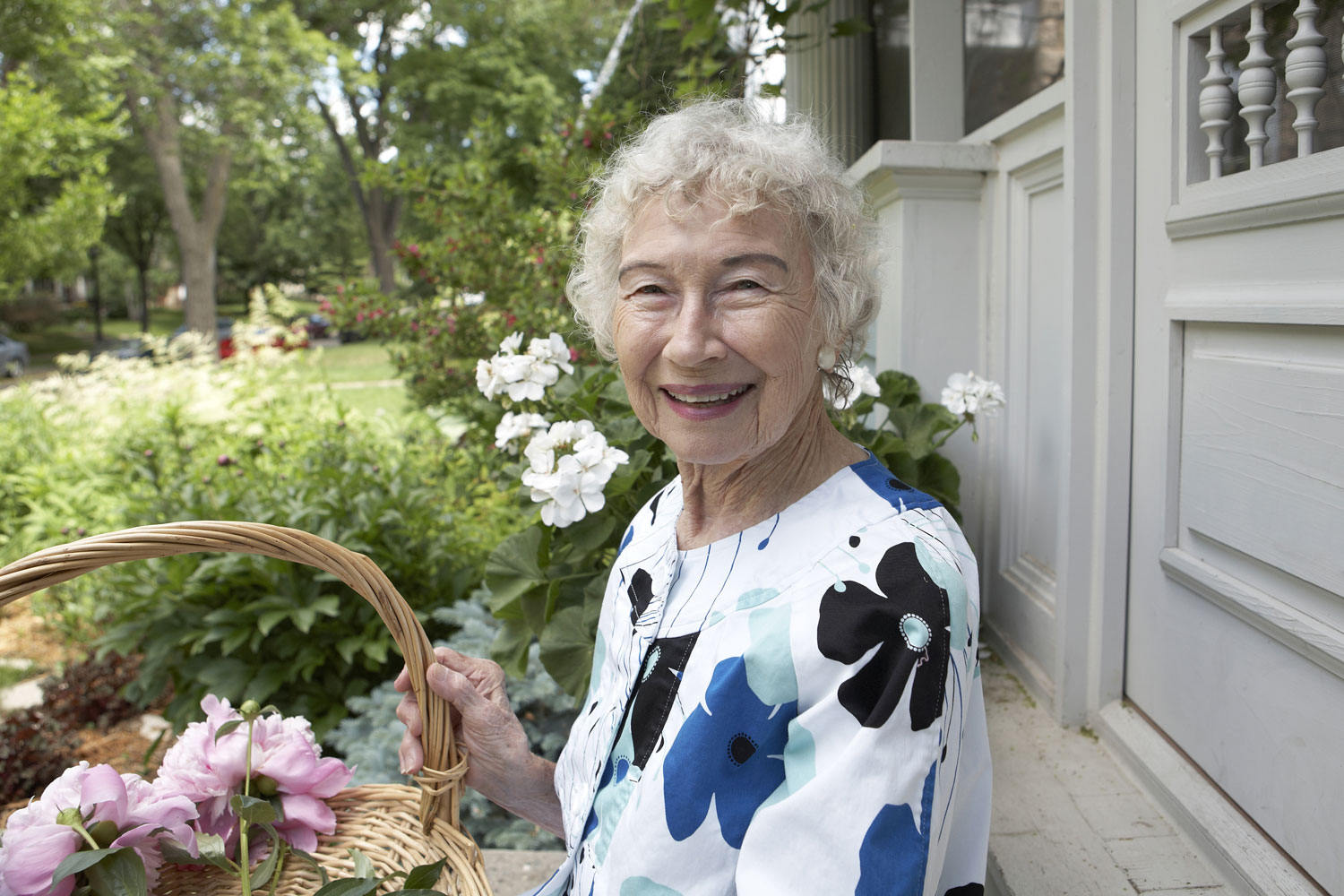

This post is in partnership with Inc., which offers useful advice, resources and insights to entrepreneurs and business owners. The article below was originally published at Inc.com.
Why do most people fail to stick to something challenging, like losing weight or getting in better shape? They don’t start small. They immediately go all in.
They change everything, which pretty soon results in not changing anything.
Why going all in never works
The temptation to go all in is understandable. Take losing weight. Losing weight is hard. So we decide the only way to succeed is to adopt a complicated, comprehensive program of diet and exercise that requires significant changes.
And within a day or two at most that comprehensive program starts to feel oppressive. Sticking with every single change starts to feel impossible.
So we start slipping.
First we slip in small ways, like when we’re running behind one morning and don’t have time to cook egg whites so we gobble a couple of doughnuts in the car. Or our kid has a school event so we can’t fit in our evening jog. Or we need to bring work home so we don’t have time to stop at the gym.
And soon nothing has changed. We’re back where we started. Well, not quite where started–now we also feel bad about ourselves for failing to stick with something we committed to doing.
Sound familiar?
Most comprehensive weight-loss programs work. Most comprehensive fitness programs work. The problem doesn’t lie with the programs–the problem lies in the fact those programs require such major changes to our daily activities and lifestyles. It’s impossible to make every change overnight. So when you miss a workout or screw up a meal it starts to feel like you’re failing completely.
And soon our comprehensive program is in tatters and we think, “If I can’t do it all, there’s no sense doing any of it.”
So we quit.
Here’s a better approach. Don’t immediately go all in. Don’t waste your time adopting the latest trendy diet or the current fitness fad. No matter how incredible the program, go all in and you’re incredibly unlikely to stick with it.
Instead, just start with making a few simple changes to your day. You’ll lose a little weight, feel a little better, and then find it a lot easier to incorporate a few more healthy habits into your routine.
Building slowly over time will help you create a new lifestyle–in a relatively painless way–that you will be able to stick with.
So for now just make these five changes:
1. Drink a glass of water before every meal.
Everyone needs to drink more water. That’s a given. Plus when you drink a glass of water before you eat you’ll already feel a little more full and won’t be as tempted to eat past the point of hunger.
2. Eat one really healthy meal.
Pick one meal. Just one. Then change what you eat. If it’s lunch, eat one portion of protein that fits in the palm of your hand, a vegetable or fruit, and four or five almonds.
I know that’s not a lot of food, but it’s healthier than what you’re eating now and, just as important, it lets you take small steps toward better controlling your portions at every meal.
Other examples: Pack a can of tuna and two apples. Or bring a skinless chicken breast and some cucumbers. Just make sure you prepare it ahead of time–that way you won’t have to decide to eat healthy. You just will.
3. Use your lunch to be active.
It doesn’t take 30 minutes or an hour to eat. So make your lunch break productive.
Go for a walk. (Better yet, find a walking buddy or do like LinkedIn’s Jeff Weiner and have walking meetings.) Or stretch. Or do some push-ups or sit-ups.
It doesn’t matter what you do as long as you do something. You’ll burn a few calories, burn off some stress, and feel better when you climb back into the work saddle.
And you’ll start to make fitness a part of your daily lifestyle without having to add to your already busy schedule.
4. Eat one meal-replacement bar.
OK, so most protein bars taste like flavored sawdust. But most are also nutritious and low in calories, and they make it easy to stave off the midafternoon hunger pangs you’ll inevitably feel after having eaten, say, a light lunch.
Don’t get too hung up on nutritional values; just pick a bar that includes 10 or 15 grams of protein (think protein bar, not energy bar) and you’ll be fine.
Eating a midmorning or midafternoon meal replacement bar doesn’t just bridge the gap between meals; it’s an easy way to get in the habit of eating smaller meals more frequently, another habit you’ll eventually want to adopt.
And, finally, a bonus habit to toss in once a week:
5. Have fun completing a physical challenge.
It would be great if you could consistently hit the gym four to five days a week, but if you’re starting from zero instantly transforming yourself into a gym rat isn’t realistic.
Instead, once a week pick something challenging to do. Take a really long walk. Take a long bike ride. Take a testing hike.
Just make sure you pick an accomplishment, not a yardstick. Don’t decide to walk six miles on a treadmill; that’s a yardstick. Walk the six miles to a friend’s house. Don’t ride 20 miles on an exercise bike; ride to a café, grab a snack, and then ride back home.
The activity should be based on an accomplishment; it’s a whole lot more fun to say, “I hiked to the top of Bear Mountain,” than it is to say, “I walked five miles on the treadmill at an 8 percent incline.” Accomplishments are fun; it’s like they’re things you decided to do. Yardsticks are boring; it’s like they’re things you had to do.
Every time you complete a weekly challenge you will have burned calories, improved your fitness level, and reminded yourself are still capable of doing some really cool things.
Once you accept you are still capable of doing cool things–no matter how much you’ve let yourself go physically, it’s true–you’ll find all the motivation you need to make a few other positive changes.
And one day you’ll realize you actually have gone all in … and you didn’t even notice.
See the 10 Healthiest Cities to Live in America










More Must-Reads From TIME
- The 100 Most Influential People of 2024
- The Revolution of Yulia Navalnaya
- 6 Compliments That Land Every Time
- What's the Deal With the Bitcoin Halving?
- If You're Dating Right Now , You're Brave: Column
- The AI That Could Heal a Divided Internet
- Fallout Is a Brilliant Model for the Future of Video Game Adaptations
- Want Weekly Recs on What to Watch, Read, and More? Sign Up for Worth Your Time
Contact us at letters@time.com